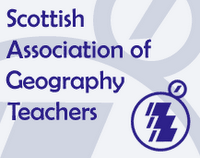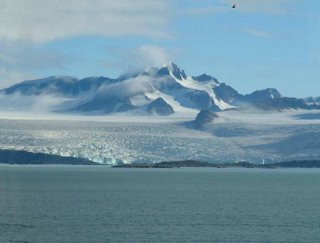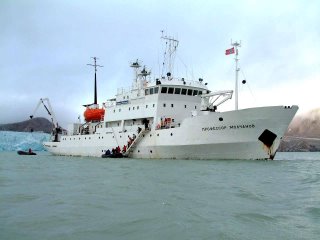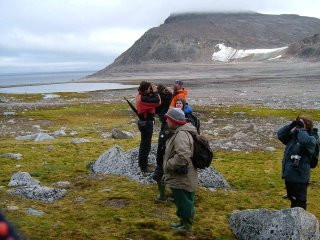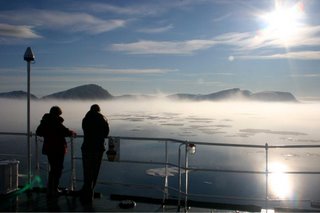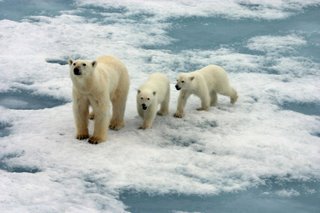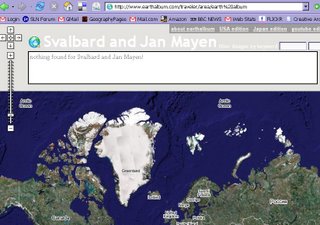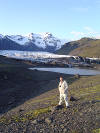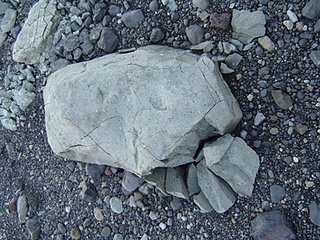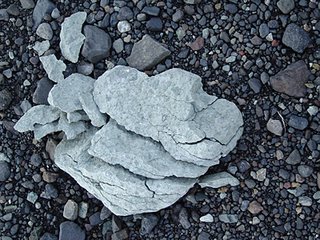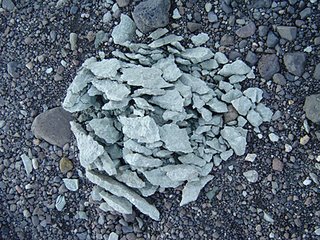Here's the next in the continuing series of answers.
Anthony
Was it windy – what does the wind feel like at low temperatures on your skin ?
No, we were very fortunate that we had very little wind indeed. Some of the cold air descending from the large ice-caps can make it feel a bit windy and it’s very important to wear appropriate layers of clothing.
At times any bit of exposed skin can get cold very quickly, eg., ears.
Does it hurt ?
If we had experienced any strong winds then I’m sure the wind-chill factor would have been severe. Again, I’m sure exposed skin would hurt.
What is the weather like there? We were lucky enough to have lots of blue sky and sunshine, even though we were often surrounded by ice. We had some cloudy days, but very little rain. Cloudy, overcast weather seems to be not unusual in the summer, but there’s also plenty of sunshine.
The Gulf Stream helps to keep the west coast mild and relatively free from ice, but the situation is different to the north and east where sea and fjord ice are more common.
I’ve never been to Svalbard in the winter, but I’m sure it must be quite severe – lots of snow and low temperatures.
Below is a picture of sea ice, about 475 miles from the North Pole. This was a brilliant part of the trip, very bright and sunny but also very cold!

I recommend looking for a repeat viewing of the Incredible Animal Journeys programme following Aurora the Polar Bear and her cub. Lots of geography and no anthropomorphism!
I was particularly impressed by the graphics showing the Polar bears route and very envious of the presenter, although those walruses looked a bit scary...
Brad
How long did to take to get there ?
From Scotland the journey involves flying from Aberdeen to Stavanger in Norway, and then another flight from there to Oslo. We then had an overnight stay in Oslo before flying to Longyearbyen in Spitsbergen. The first flight is just over an hour, the second just under an hour, and the final one is about three hours depending on whether the flight stops en route or not.
What makes it longer is the time spend waiting in airports and, given the restrictions on schedules, the whole journey takes about a day and a half!
What was the worst part of the journey ?
Hanging around airports, after check-in and waiting for departures.
What was the best part of the journey ?
I enjoyed the flight from Aberdeen to Stavanger. We had chosen to fly with a company called Wideroe which operates smaller turbo-prop planes.

The journey is slightly longer, but much less of a ‘cattle market’ than flying by jet.
The other part I enjoyed was the descent as we approached Spitsbergen, when we had our first view of the mountains and ice-caps.
The actual sailing part was terrific. Our ship was a small ice-strengthened vessel which allowed us to sail into the fjords and through the ice flows. The accommodation was great and we were kept well fed! There was also a well stocked bar.
 ...as Private Frazer used to say in Dad's Army.
...as Private Frazer used to say in Dad's Army.